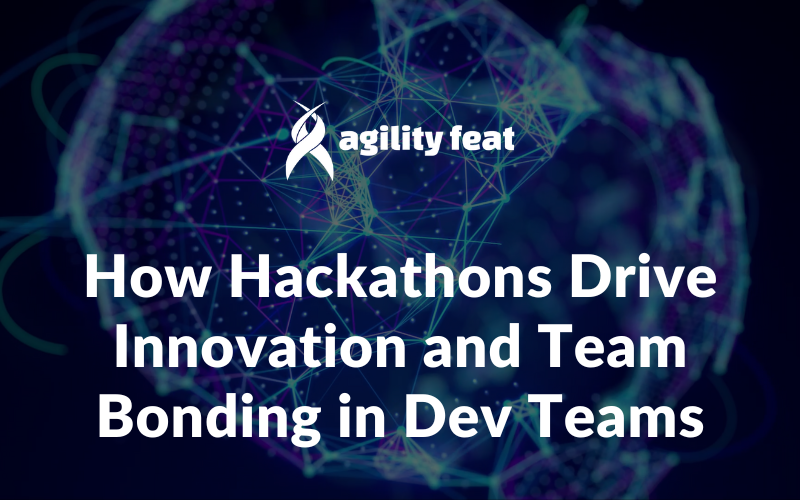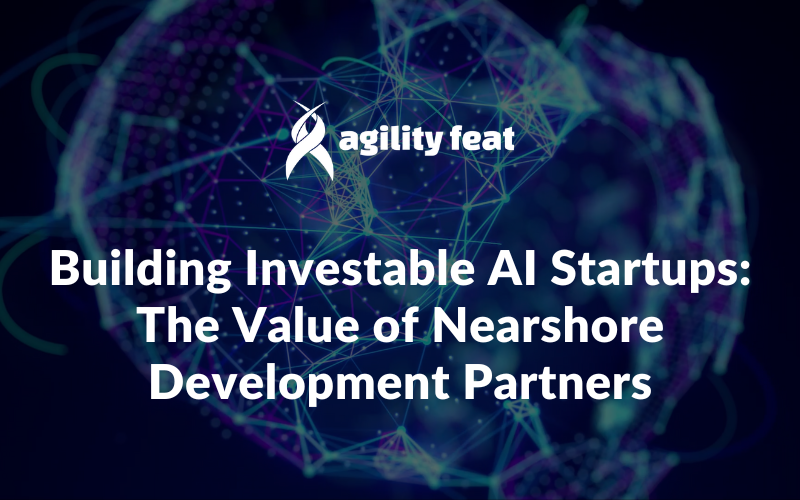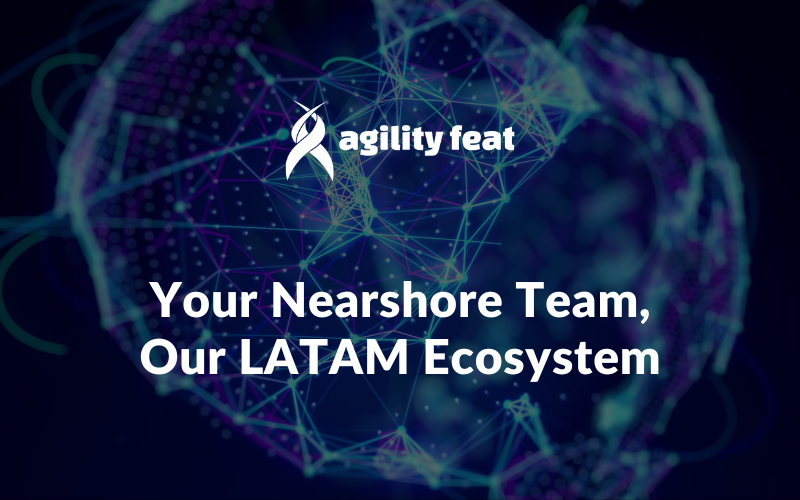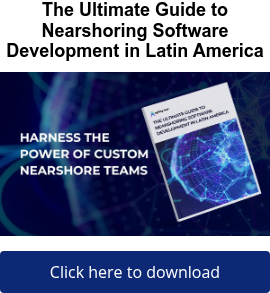While we have two office hubs in LATAM, we are primarily a remote-first company, making in-person events a rare but valuable opportunity. So, in addition to taking time for social interaction like group meals and a pre-dinner excursion on a Chiva Bus, we held a hackathon.
Why We Organized a Hackathon
Beyond impromptu discussions about theory and specific projects, we knew we wanted to put our knowledge into practice. Hackathons provide the perfect space for exploration and rapid iteration—especially when working with AI and large language models (LLMs), where the best learning happens by building. We saw this as an opportunity to align on implementation patterns while also bringing the team closer together.
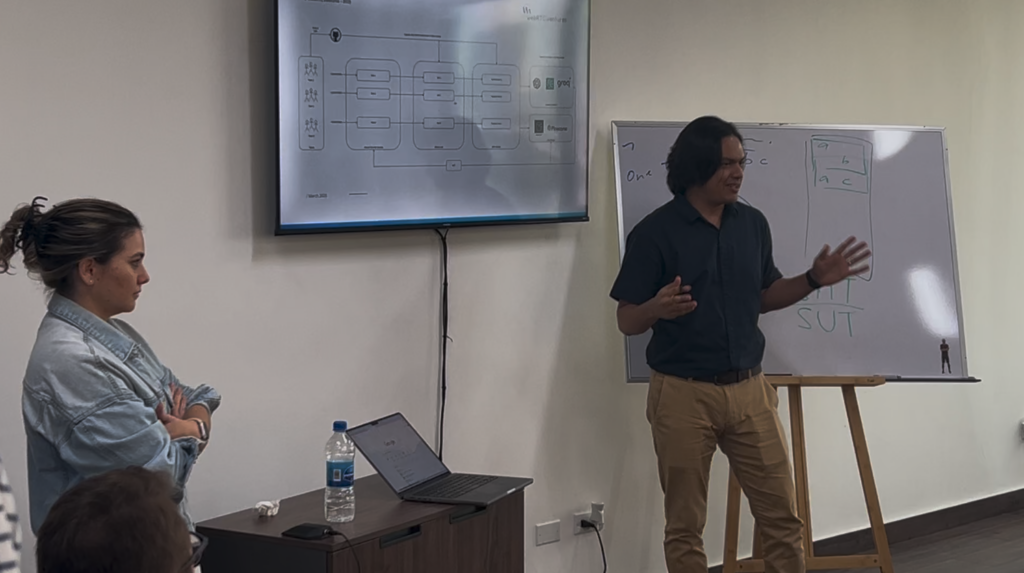
Presenting the Hackathon Challenge, Rules, and Requirements
The Setup: Creating Conditions for Innovation
Setting up the hackathon was half the fun — and half the learning. It pushed us to refine our existing practices around voice calls and LLMs, while creating the right environment for our team to thrive. It also gave us a chance to apply a proven framework and experiment with different LLMs: we chose OpenAI, Amazon Bedrock, and Groq.
We deliberately mixed project managers, developers, QA and designers with different experience levels and from different client projects. Some were knee-deep in AI tools already, while others were just getting started. It wasn’t just about writing code — it was about telling a story, understanding user flows, and delivering something that felt demo-worthy.
Magic Moments
There were so many highlights throughout the event. We saw developers mentoring one another, sharing real-time debugging tips and better prompting strategies. PMs and QAs stepped into creative roles — helping to craft the narrative around each product and ensuring that demos had a clear purpose and user value.
As ideas flowed, so did best practices. Someone would find a clever way to handle LLM context history, connect with an existing tooling API or suggest how to validate outputs more reliably — and those ideas quickly spread across teams.
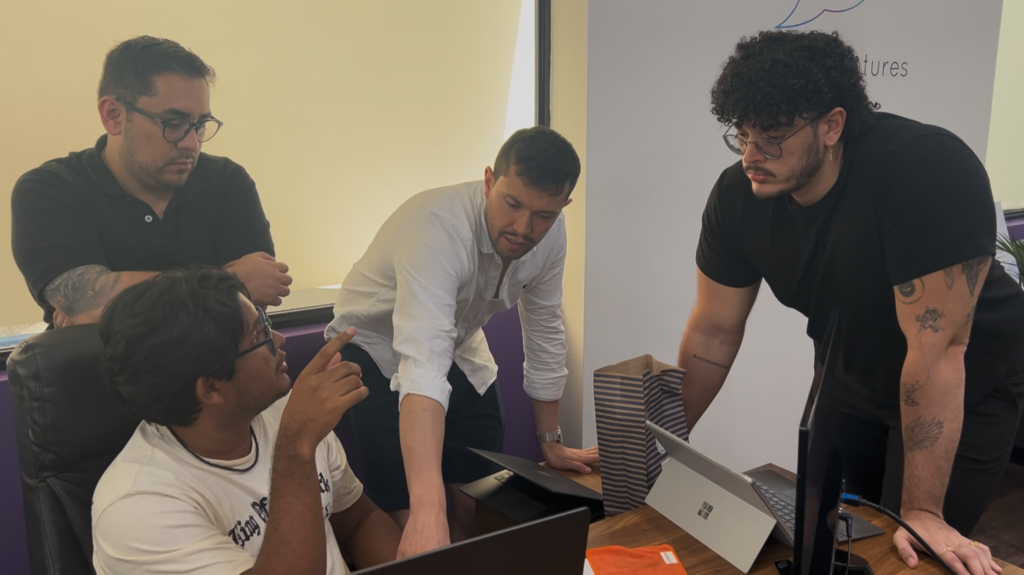
One of our three teams start to strategize.
“It felt like a rapid-fire think tank, mixed with genuine enthusiasm.”
Culture Wins: Team Bonding & Friendly Competition
By the end of the hackathon, we had more than working prototypes — we had alignment. We saw how different minds approached the same AI challenges, and we walked away with better internal documentation, a list of emerging best practices, and stronger bonds between team members. There was a spirit of playful rivalry, but what stood out most was the camaraderie. Watching team members cheer each other on, pitch in when someone hit a blocker, or rehearse their demo one more time — it was clear this experience was about more than just building something cool. It was about building together.
Events like this remind us that investing in our team is investing in our clients. The better we collaborate internally, the more adaptable and effective we are when embedded in client teams. It was also a great reminder, that although this is a fast paced new coding world, our years of experience in development prepares us for being able to deliver value quickly, adapt to new technologies and innovate with the humans at the center of the experience.
Whether you’re writing code, designing a feature, or presenting a demo — it’s the people behind the work who make the difference.
Read to build your custom team of AI-enabled development talent from Latin America? Contact AgilityFeat today.

